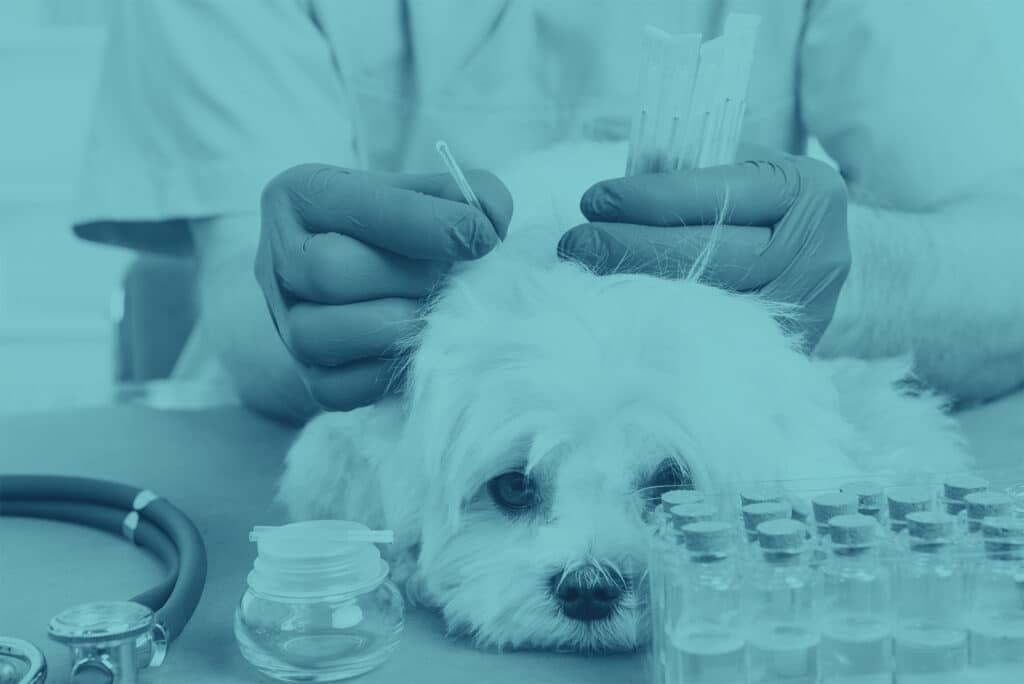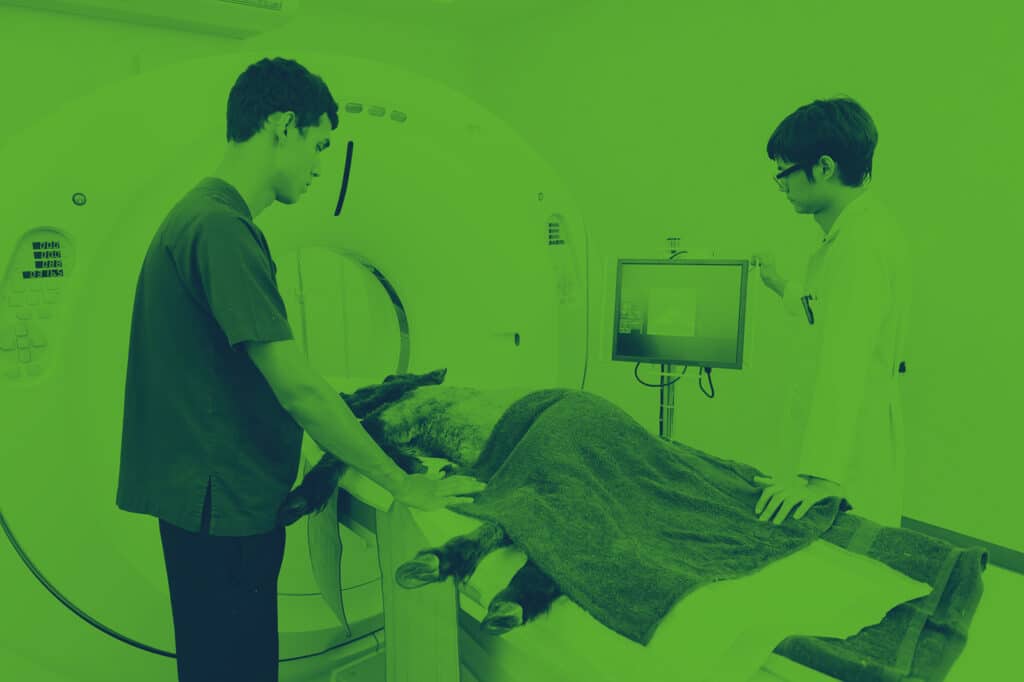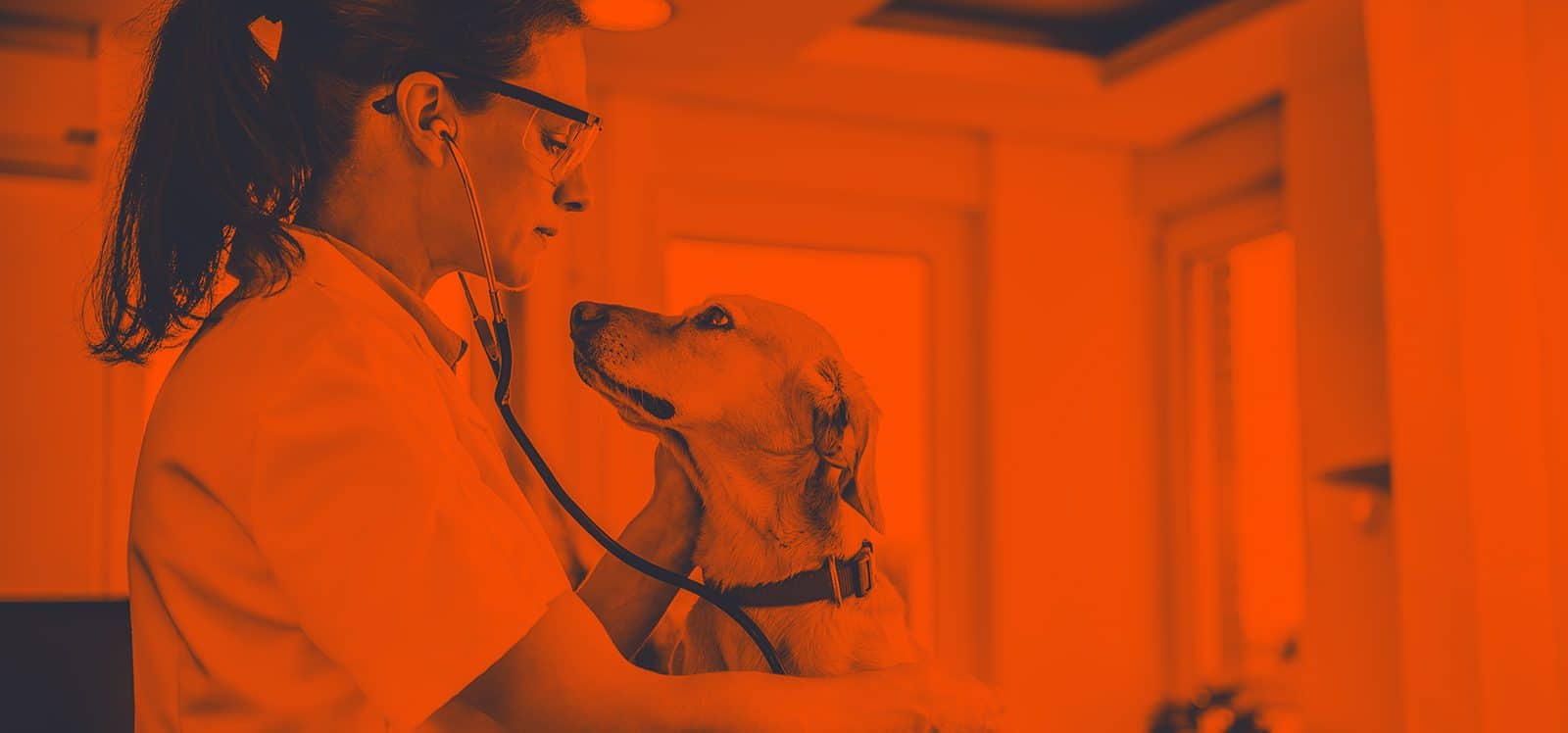At Oxbridge, we offer a range of animal care and welfare courses, helping you gain the skills and experience you need to work with our fluffy, furry, and feathery friends. And since we began offering distance learning courses in animal welfare, we’ve been amazed by some of the breakthroughs and discoveries to emerge from the veterinary world.
Not only is technology changing the way we live and work, it’s also having a huge influence on how we take care of animals. In the last few years alone, advances in medicine and science have greatly improved the quality of pet health – meaning we get to spend more time with our beloved companions.
But of all the medical and scientific breakthroughs made over the past decade, which have had the biggest influence on animal health and wellbeing? To find out, we’re taking a look at the major veterinary advances of the past 10 years, with a few fun animal facts thrown in for good measure.
MRI
MRI technology has been influential in the progression of human neuroscience, and now, vets are using the imaging technology to look into the brains of pets and other animals. Pretty cool, right?
What’s more, the powerful technology is not limited to brain scans. MRI is also very effective for getting scans of orthopaedic and soft tissue structures prior to surgery. By being able to see what is going on inside the animal , a vet is able to reduce the chance that anything will go wrong during the procedure – significantly improving the safety of both routine and serious operations.

Laparoscopy
Laparoscopic procedures use a small camera and light source that can be inserted into the abdominal or thoracic cavity to see inside the body. This is yet another example of a human medicine technology being adapted to the animal kingdom.
These procedures are less invasive than most surgical operations and produce a clear image. The first widely-reported laparoscopic procedure was in 2011, when the Royal Zoological Society of Scotland used it to remove diseased gallbladders from moon bears.
3D Printing
The ability to print three-dimensional objects is one of the most discussed topics in technology today. Why? Because its applications are seemingly endless, from manufacturing parts for a car engine, to helping to fix up our beloved pets.
This rapid-prototyping process has been applied to veterinary practice to create animal bone models from the information gathered from computed tomography scans. This enables vets and surgeons to have a solid grasp of a patient’s internal bone or muscle structure before going in to operate. They’re also able to create remarkably intricate replacements for parts of our pets’ bodies, be it a knee joint or a spinal disc.
Cancer Vaccine
In this aspect, veterinary medicine seems leaps ahead of us humans, with vets now able to vaccinate against some forms of cancer. The vaccine is intended for melanoma, a type of skin cancer, and is considered a huge breakthrough in animal welfare, particularly for dogs. Our four-legged friends are particularly susceptible to melanoma because they can spend a lot of time exposed to the sun without any kind of protection.
Animal Acupuncture
That’s right, traditional Chinese medicine isn’t just for people. Acupuncture can be used to treat ailments ranging from hip dysplasia to chronic degenerative joint disease. It has become increasingly popular in the veterinary world, and many are learning how to practise it themselves.

Probiotics
We’ve all seen the yoghurt ads where probiotics are shown to naturally help the digestive process. However, the average pet owner just can’t crack open a carton of yoghurt and feed it to their pets.
No worries, though, because the probiotic industry hasn’t forgotten our furry friends. On the contrary, there are now a huge range of probiotic yoghurts and food supplements available for cats and dogs, and they are proven to support a healthy and balanced diet.
Paternity Testing
Not just the stuff of daytime talk shows, paternity testing has now come to the world of pets. The University of Portsmouth is on the verge of launching a service that offers just that: a paternity test for dogs. Along with other DNA testing, dog owners can now test their dog’s DNA to complete a paternity test, as well as genetic tests that look for recessive genes that can lead to canine illnesses in certain breeds. Clever stuff!
10 Fun Facts About Dogs
- Dogs only sweat from the bottoms of their feet. The only way they can discharge heat is by panting.
- Dogs have about 100 different facial expressions, most of them made with the ears.
- Dogs have about 10 vocal sounds.
- Dogs do not have an appendix.
- There are more than 350 different breeds of dogs worldwide.
- Dalmatians are born spotless. At first pure white, their spots develop as they age.
- Contrary to popular belief, dogs aren’t colour blind; they can see shades of blue, yellow, green and grey. The colour red registers on a greyscale in a dog’s vision.
- Most domestic dogs are capable of reaching speeds up to about 19 miles per hour when running at full speed.
- Using their swivelling ears like radar dishes, experiments have shown that dogs can locate the source of a sound in 6/100ths of a second.
- Domesticated for more than 10,000 years, the dog was one of the first animals domesticated by humans.
10 Fun Facts About Cats
- Cats do not have sweat glands.
- A cat can jump as much as seven times its height.
- Cats have five toes on each front paw, but only four toes on each back paw.
- Cats have over 100 vocal sounds.
- A pack of kittens is called a kindle, while a pack of adult cats is called a clowder.
- An adult cat can run about 12 miles per hour, and can sprint at nearly 30 miles per hour.
- A cat’s tongue is scratchy because it’s lined with tiny papillae, positioned-backwards hooks that help to hold prey in place.
- The nose pad of each cat has ridges in a unique pattern, not unlike a person’s fingerprints.
- Cats’ bodies are extremely flexible; the cat skeleton contains more than 230 bones (a human has about 206), and the pelvis and shoulders loosely attach to the spine. This adds to their flexibility and allows them to fit through very small spaces.
- Cats have better memories than dogs. Tests conducted by the University of Michigan concluded that while a dog’s memory lasts no more than five minutes, a cat’s can last as long as 16 hours, exceeding even that of monkeys and orangutans.
10 Fun Facts About Birds and Exotic Pets
- To survive, every bird must eat at least half its own weight in food each day.
- A bird’s heart beats 400 times per minute while they are resting.
- Brits own more than 1 million pet birds.
- Larger parrots, such as macaws and cockatoos, live more than 75 years.
- Many hamsters only blink one eye at a time.
- Armadillos have four babies at a time, and they are always all the same sex. They are also the only animal besides humans that can get leprosy.
- Iguanas are able to hold their breath for up to 30 minutes.
- A garter snake can give birth to 85 babies.
- Ferrets are of the UK’s most popular pets, with an estimated 500,000 of them being kept as such.
- A goldfish can live up to 40 years.
We hope you’ve enjoyed this in-depth look into the wonderful world of vets, pets and animal welfare. Do you aspire to work with animals? We offer a range of distance learning courses to to help you realise your dream for the future, including dog grooming, equine management, and veterinary support.
